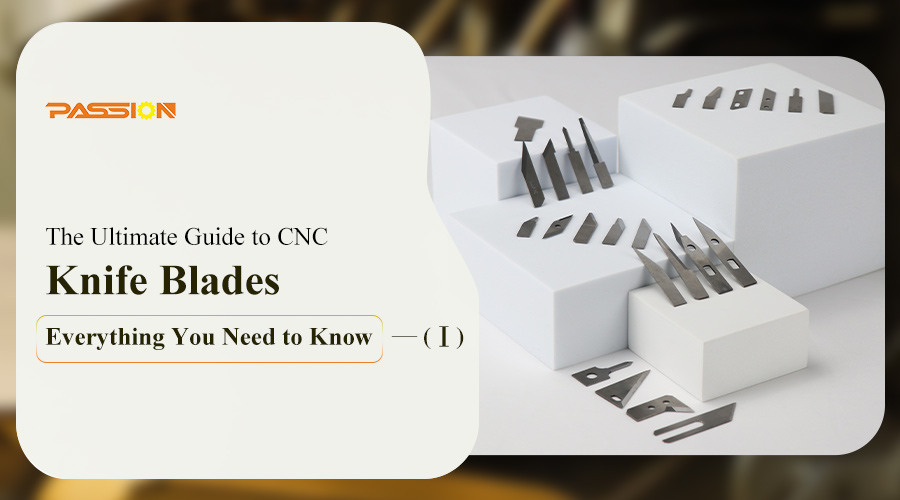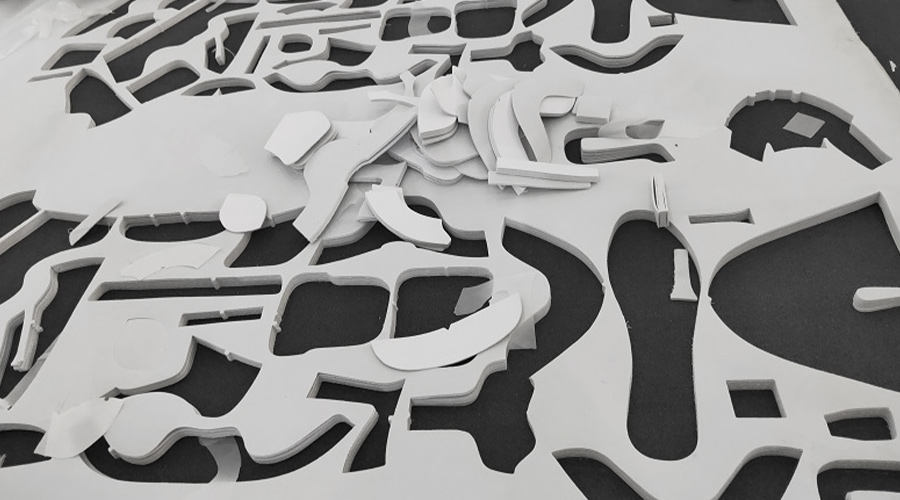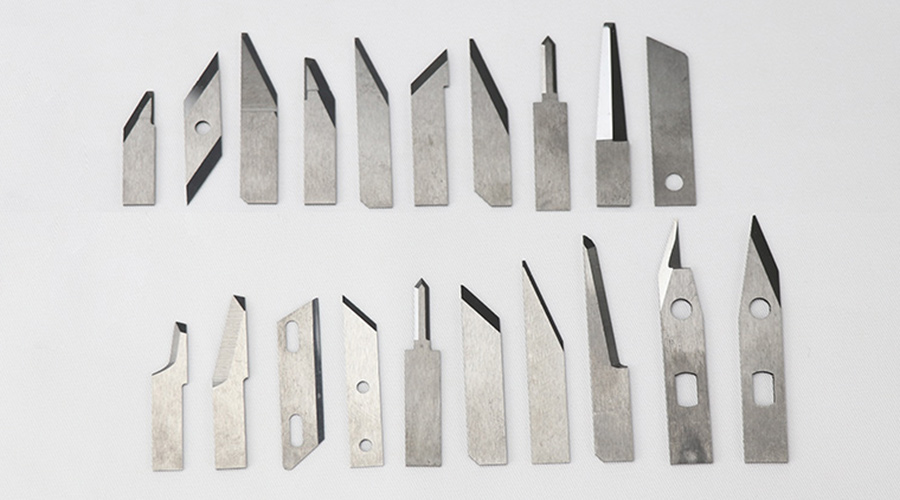As CNC machines continue to revolutionize the manufacturing industry, CNC knife blades have emerged as essential tools for precision cutting and carving. Whether you're a seasoned professional or just getting started, understanding the ins and outs of these versatile blades is crucial for achieving optimal results.
In this comprehensive guide, we'll cover everything you need to know about CNC knife blades – from their different types and materials to their applications and maintenance. We'll delve into the key factors that determine blade performance, such as blade design, edge geometry, and cutting parameters. With this knowledge, you'll be able to select the right blade for your project and maximize efficiency.
We'll also explore the advantages and limitations of different blade materials, including high-speed steel (HSS), carbide, and diamond-coated blades, giving you the insight you need to make informed decisions. Additionally, we'll provide tips and techniques for blade maintenance, ensuring longevity and consistent cutting quality.
Whether you're a woodworker, sign maker, or fabricator, this ultimate guide will empower you to harness the full potential of CNC knife blades and elevate your craft to new heights.
What is CNC Technology?
CNC (Computer Numerical Control) technology is a revolutionary method used in manufacturing processes to automate tools and machinery through computer programs. This technology enables precise control over cutting, shaping, and carving operations, leading to enhanced efficiency and accuracy in production. CNC machines are equipped with specialized tools, including CNC knife blades, that are programmed to follow specific instructions to create intricate designs and shapes. The ability to customize and automate tasks makes CNC technology a valuable asset in various industries, from woodworking to metal fabrication.
CNC knife blades are a vital component of CNC machines, designed for cutting and carving materials with precision and consistency. These blades come in various shapes and sizes to accommodate different cutting requirements, making them versatile tools for a wide range of applications. By understanding the functionality and capabilities of CNC knife blades, manufacturers can optimize their production processes and achieve superior results with minimal waste.
The integration of CNC technology and knife blades has revolutionized the manufacturing landscape, offering unparalleled control and flexibility in material processing. Whether used for intricate designs in woodworking or precise cuts in industrial applications, CNC knife blades play a crucial role in enhancing productivity and quality across diverse sectors. With continuous advancements in CNC technology, the capabilities of CNC knife blades are constantly evolving to meet the demands of modern manufacturing processes.
Different Types of CNC Knife Blades and Functions
CNC knife blades come in various types to cater to different cutting needs and materials. The most common types include straight blades, rotary blades, oscillating blades, drag knives, and tangential knives. Straight blades are ideal for simple cutting tasks, while rotary blades are used for intricate designs and curves. Oscillating blades move back and forth to cut through materials effectively, making them suitable for soft and flexible materials. Drag knives are designed for precise cuts in thin materials, while tangential knives provide exceptional control for complex shapes and patterns.
Each type of CNC knife blade has unique characteristics that make it suitable for specific applications. Understanding the differences between these blade types is essential for selecting the right tool for the job. Factors such as material hardness, cutting speed, and design complexity play a crucial role in determining the most appropriate CNC knife blade for a particular task. By assessing these factors and considering the requirements of the project, manufacturers can choose the optimal blade type to achieve the desired results efficiently and accurately.
In addition to the standard blade types, there are specialized CNC knife blades designed for specific materials and cutting processes. For instance, foam cutting blades are tailored for cutting foam materials with precision, while fabric cutting blades are optimized for cutting textiles and fabrics. By exploring the diverse range of CNC knife blades available, manufacturers can identify the most suitable option for their unique cutting needs, ensuring optimal performance and quality in their production operations.
That's all for this article. If you need this CNC knife blades or have some questions about it, you can contact us directly.
Later, We will continue to update information, and you can find more information on our website (passiontool.com) blog.
Of course, you can also pay attention to our Official social media:
Post time: Aug-22-2024












